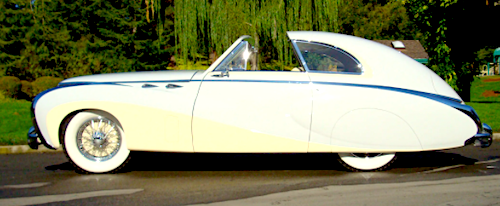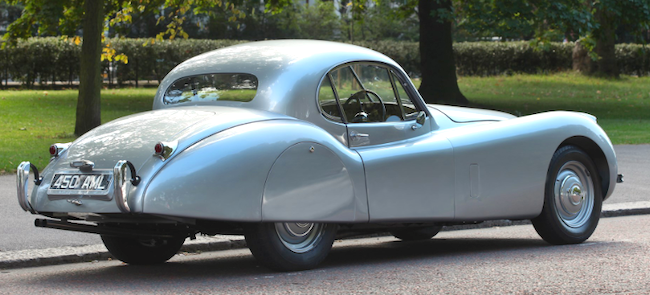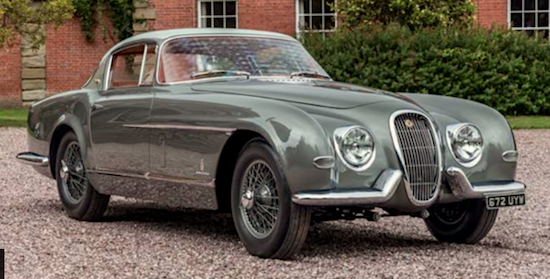It is generally held that those 1959 bodies were continued only through two model years -- 1959 and 1960, while 1961 represented yet another redesign.
But was it?
There is a faint possibility that 1961 Chevrolets, Pontiacs and Oldsmobile 88s were actually major facelifts such as I wrote about here.
Below are comparative images of 1959 and 1961 Chevrolet models for our examination regarding this matter.
1959 Chevrolet Impala 2-door sedan
As usual when I write one of these facelift posts, I feature side views because door cut lines and other structural details are easier to consider.
1959 Chevrolet Impala Sport Sedan
Four-door hardtops had the same door cutlines, but the passenger greenhouses differed aside from the windshields.
1961 Chevrolet Impala Sport Sedan
The '59 and '61 Chevys had the same 119-inch wheelbase, which makes comparisons easier. Similarities include front door cutlines, wheel openings and the leading edge slant of the C-pillar. Also, the slopes of the windshields seem the same.
1961 Chevrolet Impala 4-door sedan
As for 1959, 1961 four-door sedans had the same door cutlines as hardtops. Again, passenger greenhouses differed.
1961 Chevrolet Biscayne 2-door sedan
A 1961 2-door sedan. Fuel filler doors are on the car's left side, unlike 1959 models.
1959 Chevrolet Impala hardtop coupe - Mecum auction photo
Now to examine 2-door models more closely. Ignore the non-stock stance of this car.
1959 Chevrolet Biscayne 2-door sedan - Mecum
Two-door sedans shared the door's main cutlines, but the greenhouse extends slightly farther towards the rear.
1961 Chevrolet Impala Sport Coupe - Mecum
Like the four-door models, this '61 two-door hardtop's driver's door has the same cutlines as comparable '59 models. Note the odd little curve of the windshield near the base of the A-pillar. It makes me wonder if there was some technical reason for this related to possible use of a cowling based on the 1959 body's.
1960 structure
The cowling and other body structure for a 1960 hardtop coupe: it's the same as for 1959.
1961 structure
Structure of a wrecked '61 two-door sedan, sans firewall. The cowlings and such are similar, but not identical. I'm not a structural engineer nor am I in the automobile restoration business. So I can't say for certain if some structural parts where shared.
1963 structure
To provide a bit more context, here's a 1963 hardtop coupe's structure. The part of the cowl below the windshield is the same as for 1961. That's because '63 marked a major facelift of the 1961 design. The main difference here is the A-pillar.
1958 structure
And the structure of a 1958 four-door sedan, showing earlier GM thinking.
Bottom line: The 1961 design was mostly different. But there seems to have been some carryover from 1959 in terms of front doors and some sheet metal shaping in lower side panels (those wheel openings). Knowledgeable readers are encouraged to set me straight in comments.





















































